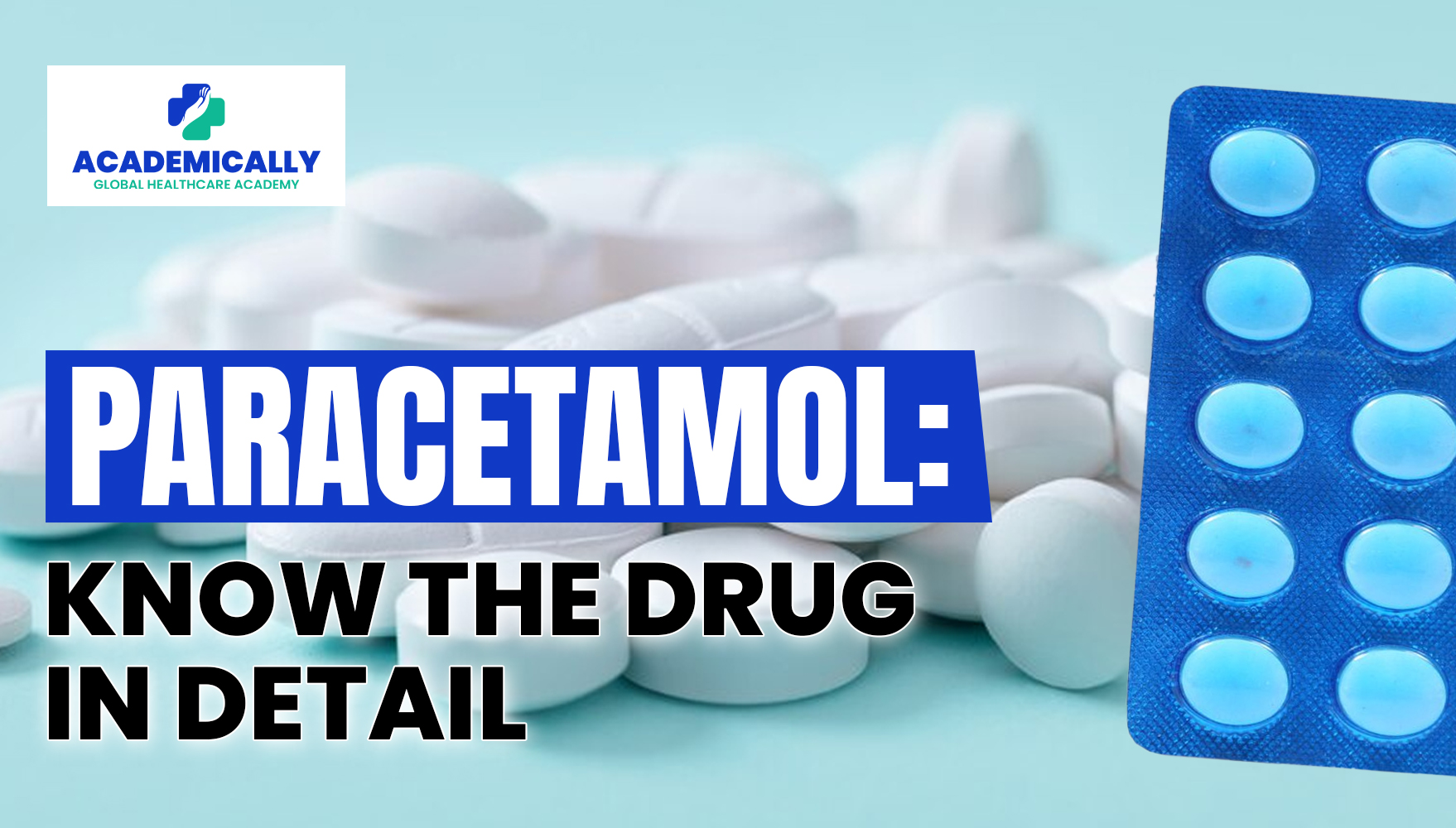What is Paracetamol?
Common Uses of Paracetamol
Here are the reasons why you would need to take paracetamol;
- Pain Relief:
- Mild to moderate pain, including headaches, toothaches, muscle pain, and menstrual cramps.
- Post-operative pain or pain following minor injuries.
- Fever Reduction:
- Helps control fever due to infections like colds, flu, or other illnesses.
- Chronic Pain:
- Often recommended for patients with osteoarthritis or other conditions where long-term relief from pain is needed.
How Does Paracetamol Work?
Paracetamol works by blocking the production of prostaglandins, which are chemicals in the body that signal pain and cause fever. It targets the brain’s pain centers and helps regulate body temperature. However, paracetamol does not affect inflammation in the body, making it different from NSAIDs.
Benefits of Paracetamol
- Gentle on the Stomach: Unlike NSAIDs, paracetamol doesn’t irritate the stomach lining or increase the risk of ulcers.
- Fewer Side Effects: When used correctly, paracetamol has minimal side effects compared to other pain relievers.
- Widely Available: It is easy to purchase from pharmacies or general stores worldwide.
- Safe for Most Groups: Suitable for children, pregnant women, and the elderly when taken in recommended doses.
Dosage Guidelines
The recommended dose of paracetamol varies by age and condition:
- Adults: 500 mg to 1,000 mg every 4 to 6 hours as needed. Do not exceed 4,000 mg (4 grams) per day.
- Children: Doses depend on the child’s weight and age.
Important Tips:
- Always read the label for correct dosing instructions.
- If you’re using combination cold and flu medicines, check for paracetamol content to avoid overdosing.
- Maintain at least a 4-hour gap between doses.
Potential Risks and Side Effects
While paracetamol is generally safe, misuse or overuse can lead to complications:
- Liver Damage:
- Paracetamol overdose is a leading cause of acute liver failure. Always stick to the recommended dosage, especially if consuming alcohol or if you have liver conditions.
- Allergic Reactions:
- Rare symptoms include skin rashes, swelling, or difficulty breathing.
- Kidney Issues:
- Long-term, high-dose usage can affect kidney function, especially in those with pre-existing kidney problems.
Who Should Be Careful When Using Paracetamol?
Paracetamol should be consumed carefully by these individuals;
- Alcohol Consumers:
- Combining alcohol with paracetamol increases the risk of liver damage.
- Pregnant and Breastfeeding Women:
- While considered safe, always consult a doctor before using paracetamol regularly during pregnancy or breastfeeding.
- Elderly Individuals:
- They may require lower doses due to the potential impact on liver and kidney function.
- People on Other Medications:
- Paracetamol can interact with certain drugs like warfarin (a blood thinner), so always consult your doctor if you’re on other medications.
Paracetamol in Combination Medicines
Paracetamol is often combined with other drugs to treat a variety of symptoms:
- Cold and Flu Relief: Found in combination with decongestants or antihistamines.
- Pain Relief: Combined with stronger painkillers like codeine or tramadol for severe pain.
- Migraine Relief: Sometimes paired with caffeine for enhanced effectiveness.
While these combination medications are often helpful, they can lead to accidental overdoses if you’re not cautious about the paracetamol content.
Paracetamol vs. Other Pain Relievers
- Paracetamol vs. Ibuprofen:
- Paracetamol is preferred for fever and mild pain without inflammation.
- Ibuprofen works better for inflammatory conditions like arthritis or sprains.
- Paracetamol vs. Aspirin:
- Aspirin has blood-thinning properties and works well for inflammation but poses a higher risk of stomach irritation.
- Paracetamol vs. Diclofenac:
- Diclofenac is an NSAID with stronger anti-inflammatory properties but has more gastrointestinal side effects.
Signs of Paracetamol Overdose
An overdose can have serious health consequences. Watch for these signs:
- Nausea or vomiting.
- Abdominal pain or loss of appetite.
- Yellowing of the skin or eyes (jaundice).
- Confusion or extreme fatigue.
Final Thoughts
Paracetamol is a safe and effective medicine when used correctly, making it one of the most used drugs. Its ability to manage pain as well as fever combined with its minimal side effects, has earned it a reputation as one of the most reliable over-the-counter drugs. However, like all medications, it must be used responsibly.
For more such important topics asked in foreign registration exams click here.
Avail a free consultation with our experts regarding foreign pharmacy licensure exams by clicking here.

